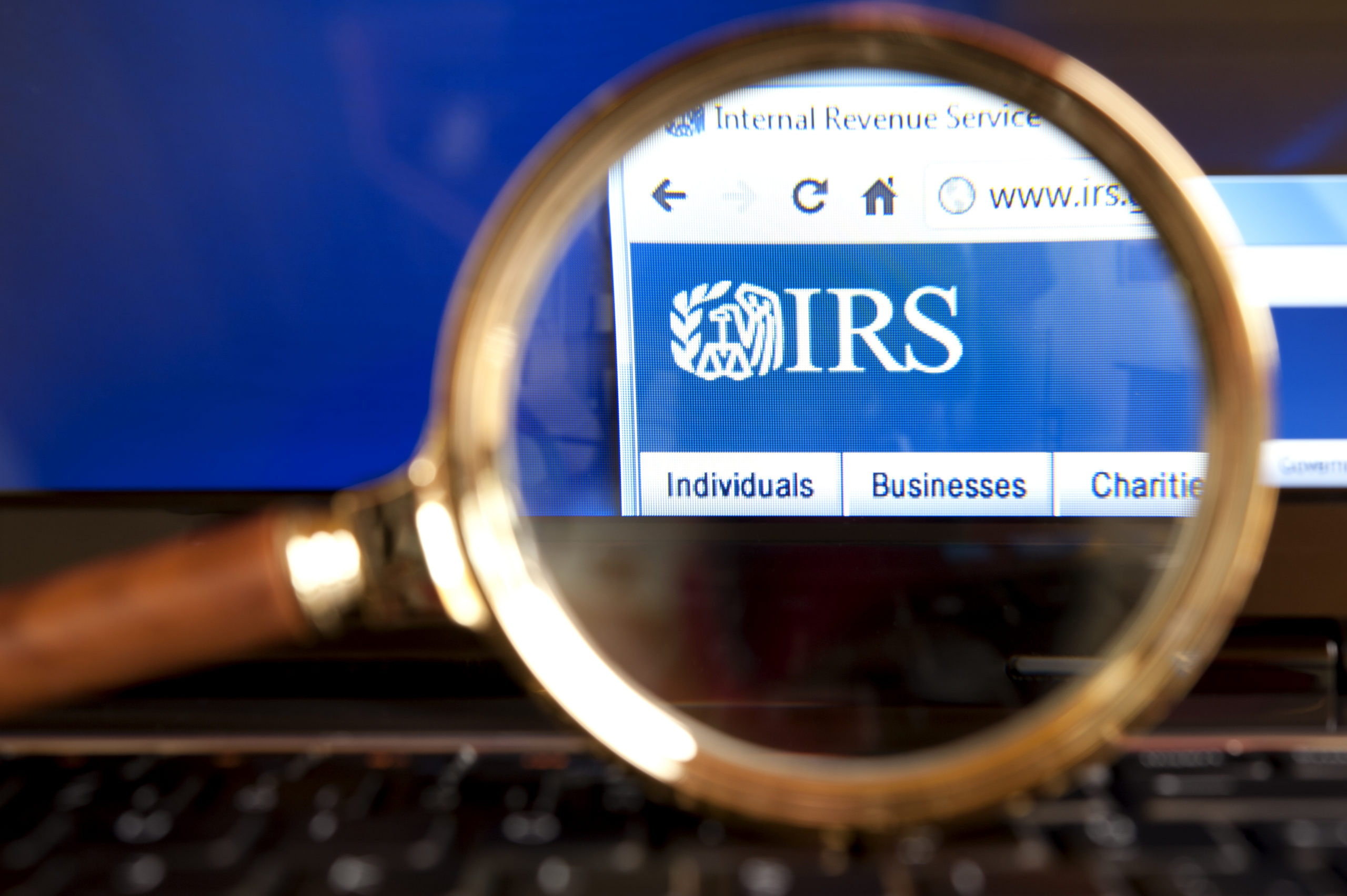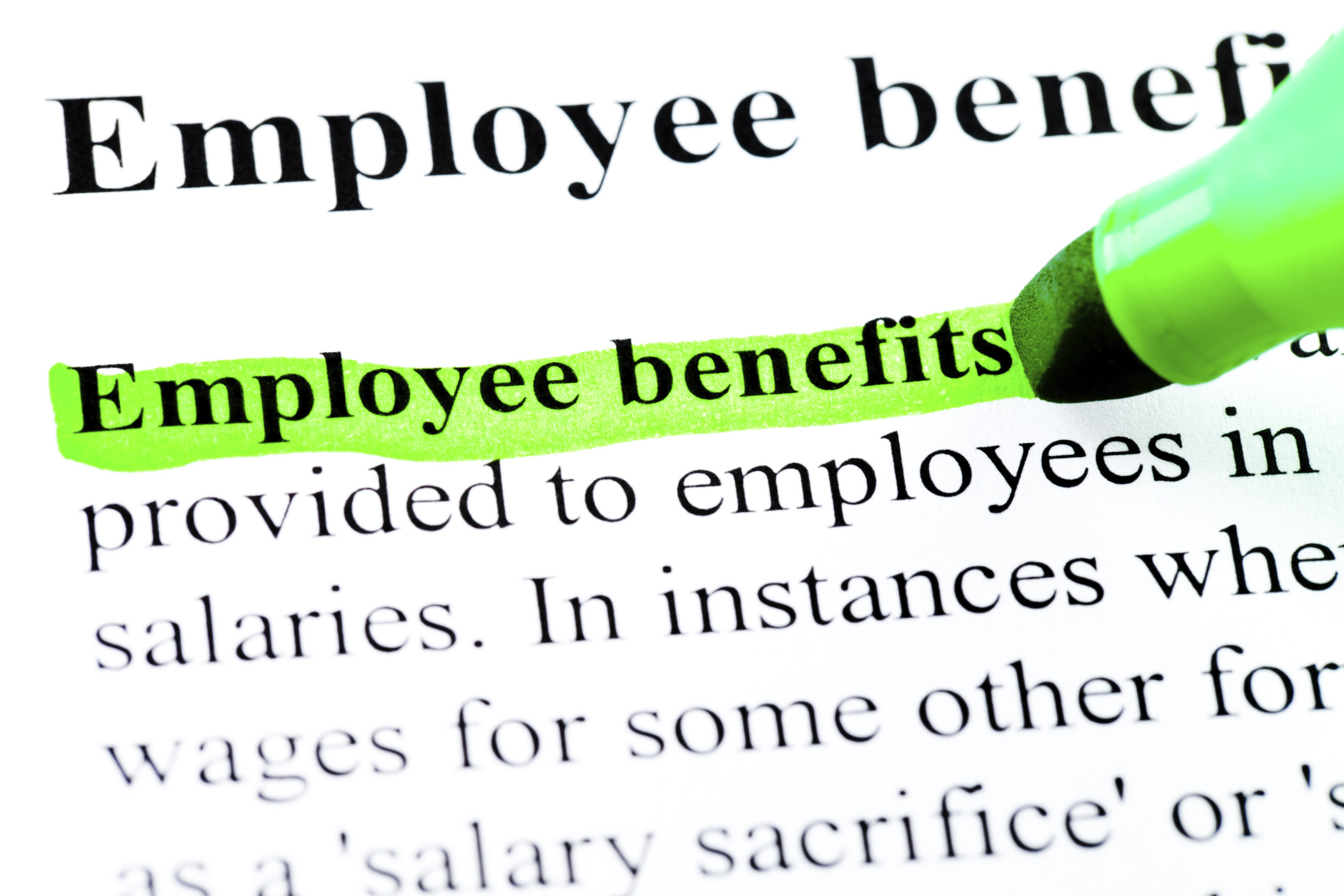
The following are matters of interest to June 30, 2024 fiscal year exempt organizations:
Updated Inflation Reduction Act Guidance
The U.S. Treasury issued final regulations on March 5, 2024, addressing IRA provisions for direct (elective) pay under Section 6417. The pre-filing registration portal for elective pay has opened. Refer to IRS Publication 5884 for additional guidance. Revised Proc. 2024-19 provides procedure and clarifying guidance applicable to certain solar and wind facilities placed in service in connection with low-income communities. Notice 2024-9 provides transitional procedures for claiming statutory exceptions to applicable phaseouts for certain elective pay projects.
2023 IRS Form 990-T Schedules and Instructions
There are changes related to making the IRA tax credit elective payment elections under IRC Section 6417 and clarification on how to report various taxes and payments in Part III of Form 990-T.
(There were no substantive changes to the 2023 Form 990 or 990-PF.)
Beneficial Ownership Information (BOI) and Non-Profits
Generally, non-profits are not required to file a beneficial ownership form as required by the Corporate Transparency Act (CTA). However, there are a few exceptions:
- An organization that was exempt from the BOI filing as a tax-exempt entity but lost its tax-exempt status would need to file. Such an organization has 180 days from revocation by the IRS to file a CTA annual report.
- A new organization formed in 2024 that has not yet received tax exempt status should file its BOI form within 90 days of its formation.
More information on BOI can be found at https://www.fincen.gov/boi-faqs
Political Activity and Non-Profits
501(c)3s are prohibited from engaging in political activity. For additional guidance on what activities are and aren’t permissible, refer to https://www.irs.gov/pub/irs-drop/rr-07-41.pdf if you are a 501 (c)(3) organization and for (c)4, (c)5, and (c)6 entities, refer to https://www.irs.gov/pub/irs-drop/rr-04-6.pdf.
Status of Group Rulings
There are no new regulations yet with respect to the status of group rulings. The proposed revenue procedure (Notice 2020-36) was issued in May 2020, and the IRS halted processing any requests for group exemption letters as of June 17, 2020 and indicated it won’t proceed until final regulations or other guidance is issued. So far, that has not happened.
Proposed Donor Advised Fund (DAF) Regulations
“Taxes on Taxable Distributions From Donor Advised Funds Under Section 4966” were issued November 14, 2023, the first installment of proposed regulations. These were primarily definitional: donor advised fund, donor, donor advisor, advisory privileges, and taxable distributions. The 2023-2024 Priority Guidance Plan had 4 DAF projects so more proposed regulations will be forthcoming.
Employee Retention Credit (ERC) Status
In June 2024, the IRS has announced that it has reviewed 1 million claims received prior to the September 14, 2023 processing moratorium, and they have categorized those claims into three buckets (high, medium, and low risk) and will work on paying out legitimate claims “later this summer”. The processing moratorium continues, but 2021 claims can still be filed. More information can be found at: https://www.irs.gov/newsroom/irs-enters-next-stage-of-employee-retention-credit-work-review-indicates-vast-majority-show-risk-of-being-improper
IRS TE/GE
The IRS TE/GE (Tax Exempt and Government Entities Division) has issued a letter documenting its key accomplishments for its year ended September 30, 2023. These key accomplishments include:
- Use of a document upload tool for Taxpayer Facing Employees (DUT – TPFE) allows taxpayers to electronically upload responses to requests for information to a portal on gov reducing case processing time and the need to send paper documents through the mail.
- Use of the Exempt Organizations Graph Exploration Tool (EOGET), an interactive graph tool designed to help EO examiners and classifiers conduct risk analysis and identify potential insider abuse among tax exempt organizations
- Publishing of a new TE/GE Consolidated Examination IRM (Internal Revenue Manual)
- Design and Implementation of the Tax Exempt Organization Search (TEOS) Modernization project. These improvements include a dataset guide, data dictionary, indices, annotated tax forms, schemas, FAQs and regular updates.
- Collaborative work across IRS divisions to update Form 990-T for Inflation Reduction Act (IRA) elective payment elections along with work on the related prefiling registration portal
- Continued work on the IRS IRA Strategic Operating Plan (Funding from the IRA will help how the IRS serves the public and tax professionals.)
TEGE also continued several compliance strategies to address non-compliance including:
- Private benefit and inurement: Focused on organizations that show indicators of potential private benefit or inurement to individuals or private entities through private foundation loans to disqualified persons.
- IRC Section 501(c)(7) entities: Focused on non-member income generated by exempt recreational and social clubs.
- Form 990-N filing eligibility: Focused on determining if an organization was eligible to file Form 990-N where related filings indicate the organization’s gross receipts aren’t normally $50,000 or less.
- Referrals, claims and other casework involving organizations claiming the Employee Retention Credit (ERC), organizations referred by both external and IRS sources, and organizations engaged in potentially abusive promoter schemes or transactions.
TEGE has outlined the following priorities for its fiscal year ending September 30, 2024
- Better taxpayer experience: Identify and better serve small and underserved tax payers, promote the use of digital communication vehicles, and outreach regarding the clean energy credit elective payment election.
- Faster issue resolution: Clean energy credits-pre-filing and filing for elective payments, handling of ERC claims, and streamlining of notices.
- Smarter enforcement: Collaborate with Research, Applied Analytics and Statistics (RAAS) to build/refine EO exam case selection, development of new network analysis tools to address potential problematic relationships between entities, and collaboration across the IRS on exams of ESOPS (employee stock ownership plans), tax exempt hospitals and high income/high wealth taxpayers and other complex issues.
- Advanced technology & analytics (modernization): Launch of digital and mobile Form 13909 (Tax Exempt Organization Complaint Referral), development of AI capability to review and prioritize EO referrals, and support efforts to standardize service wide examination processes.
- Empowered employees (workforce): evolve onboarding of new hires, partner to host direct hiring and recruiting events, creation of detailed career training paths, commitment of resources for training and building team culture, and building community relationships to market TE/GE & IRS careers and increase visibility.
If you have any questions regarding these tax matters or other questions in general on non-profit tax compliance, please contact a member of your engagement team.













